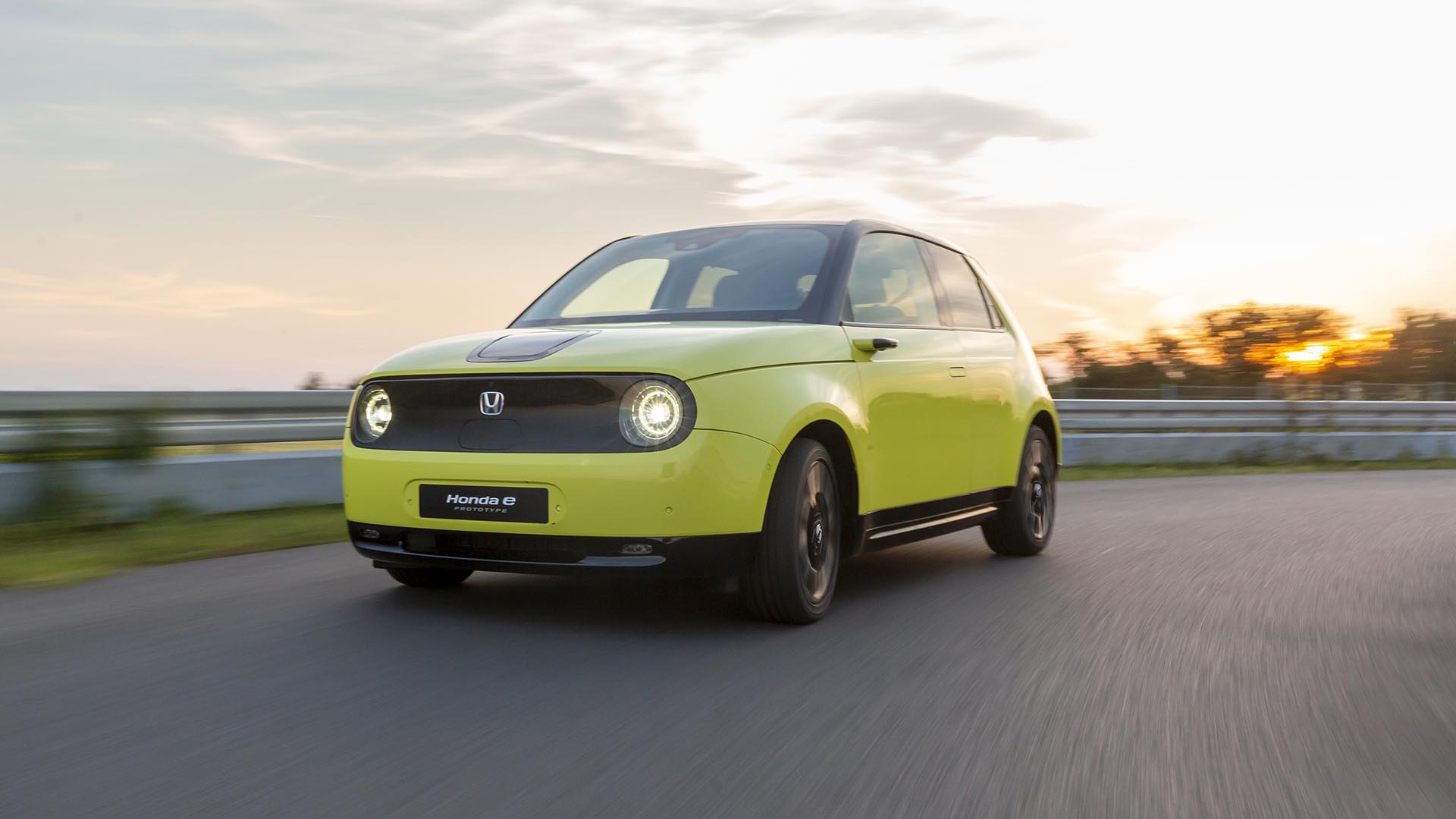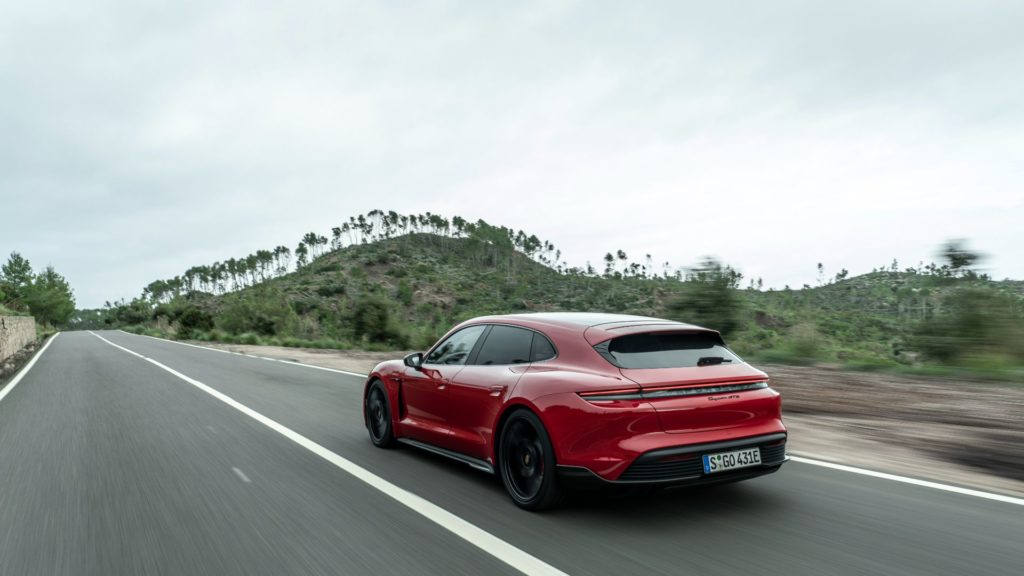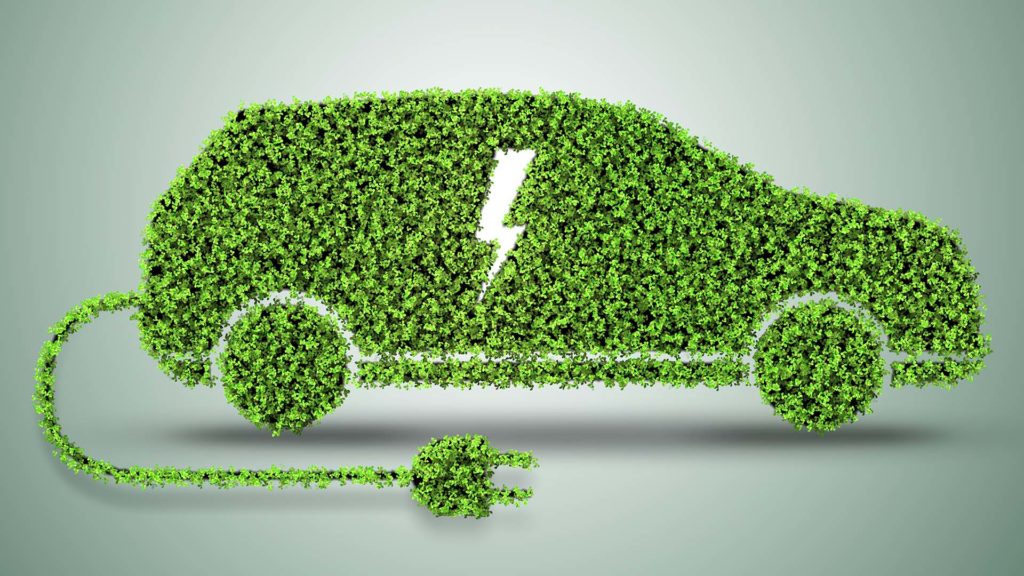Electric cars are the future, or certainly a major part of it. However, they are also nothing new. The first EVs hit the roads in the late 19th century, around the time of the earliest combustion cars.
Motoring Electric readers of a certain age may also remember the evocative sound of electric milk floats delivering bottles each morning.
Without resorting to a full history lesson (or a diversion into milk floats), petrol and diesel cars essentially dominated the market throughout the 20th century. Electric vehicles simply didn’t have the range, price or flexibility to make them worthy alternatives to a conventional car.
Times are changing, though, driven by the UK government’s commitment to ban the sale of new petrol and diesel cars from 2035. In September 2023, pure electric cars had a 16.6 percent share of the UK market. That compares to 38.7 percent for petrol and just 3.6 percent for diesel (both figures exclude hybrids).
In this article, we’ll explain the basics of electric cars in simple terms.
What is an electric car?

Electric car, electric vehicle (EV), battery electric vehicle (BEV), all-electric car, pure electric car – there are many names, but they all fundamentally mean the same thing. The one difference is that ‘EV’ and ‘BEV’ could also be used to describe an electric van, bus or truck.
An electric car features a large battery pack that sends power to an electric motor. This drives the front, rear or all four wheels, depending on the configuration.
Batteries are measured in kilowatt-hours (kWh) of energy – the larger the battery capacity, the greater the car’s electric range. A standard Nissan Leaf, for example, features a 40kWh battery, which is good for up to 168 miles. Meanwhile, the 62kWh version can deliver up to 239 miles.
In most cases, the electric version of a car looks almost identical to its petrol or diesel equivalent. Examples of this include the Peugeot e-208, Vauxhall Corsa-e, Kia e-Niro and Mini Electric.

Others EVs are easier to spot. Take the Honda e, which was developed from the ground up as an electric car. It’s a similar story with all Tesla models, the Jaguar I-Pace and the Porsche Taycan.
The basics of an electric car will be familiar to anyone who has driven a conventional vehicle. There are four wheels, up to seven seats, space for your luggage and a normal steering wheel (experimental Tesla yoke notwithstanding). The key difference is you don’t need to fill it up with fuel. Instead, an electric car needs to be recharged.
Charging at home can be done via a domestic socket or a dedicated wallbox. Typically, an overnight charge will provide between 100 and 300 miles of electric range, depending on the vehicle in question.
Alternatively, you can charge the battery via the network of public chargers. Depending on the car, you could potentially ‘refuel’ to 80 percent capacity in just 20 minutes.
What else do I need to know about electric cars?

We explore the ins and outs of running an electric car in separate articles on Motoring Electric. For example, we look at how to charge an electric car, how to drive one and the things you need to consider before venturing down electric avenue.
For now, it’s worth noting that an electric car is very different to a hybrid. A plug-in hybrid will provide a limited amount of electric range before the petrol or diesel engine takes over. In a standard hybrid (also known as a ‘self-charging hybrid’), the electric motor is there to improve efficiency, rather than provide any electric range.
An electric car obviously has no internal combustion engine (ICE). They are 100 percent electric, which also means they deliver zero emissions while driving. They are also cheaper to tax and arguably better for your conscience.
It’s time to stop viewing the electric car as an unconventional or niche choice. As we approach the ban on the sale of new petrol and diesel cars in 2035, EVs will become the norm.
We might even find they are the only accepted type of vehicle in our cities, many of which are already placing restrictions on the use of conventional cars.
ALSO READ:
What are the pros and cons of an electric car?


[…] What is an electric car? […]
[…] What is an electric car? […]
[…] fully electric ‘Folgore’ version of the MC20 will follow before 2025, potentially with more than 1,000hp. That […]
[…] What is an electric car and how do they work? […]
[…] that. Better still, it brings in an ingenious hybrid drivetrain that really works. A worry-free electric car impersonator that you don’t even have to plug in. With perfect practicality, a back-up-to-scratch […]
[…] an internet forum for electric car owners and ICEing is invariably one of the topics. Tesla even introduced pop-up barriers to some of […]